Your morning brew, made by you, perfected by Breville.


Winter is the peak season for citrus, making it the ideal time to explore the rich variety these fruits offer. From vibrant oranges to zesty lemons, these fruits not only provide a splash of color against the winter gray, but also deliver a much-needed dose of vitamin C—giving us a metaphorical burst of sunshine in the coldest months.
But the appeal of citrus fruits extends beyond just the chilliest time of the year.
Whether you need a fresh orange to juice for a summer brunch, a lemon to add zest to springtime baking or different varieties to spice up autumn recipes, citrus fruits are always a great choice. In this guide, you’ll learn about the different types, their flavor profiles and how to pick the freshest and juiciest fruits from the store, along with handy tips for substitutions when your favorites aren’t available.
Hungry for more? Shop our collection of Citrus Tools! From reamers and zesters to juicers and peelers, we’ve got exactly what you need for your next recipe.
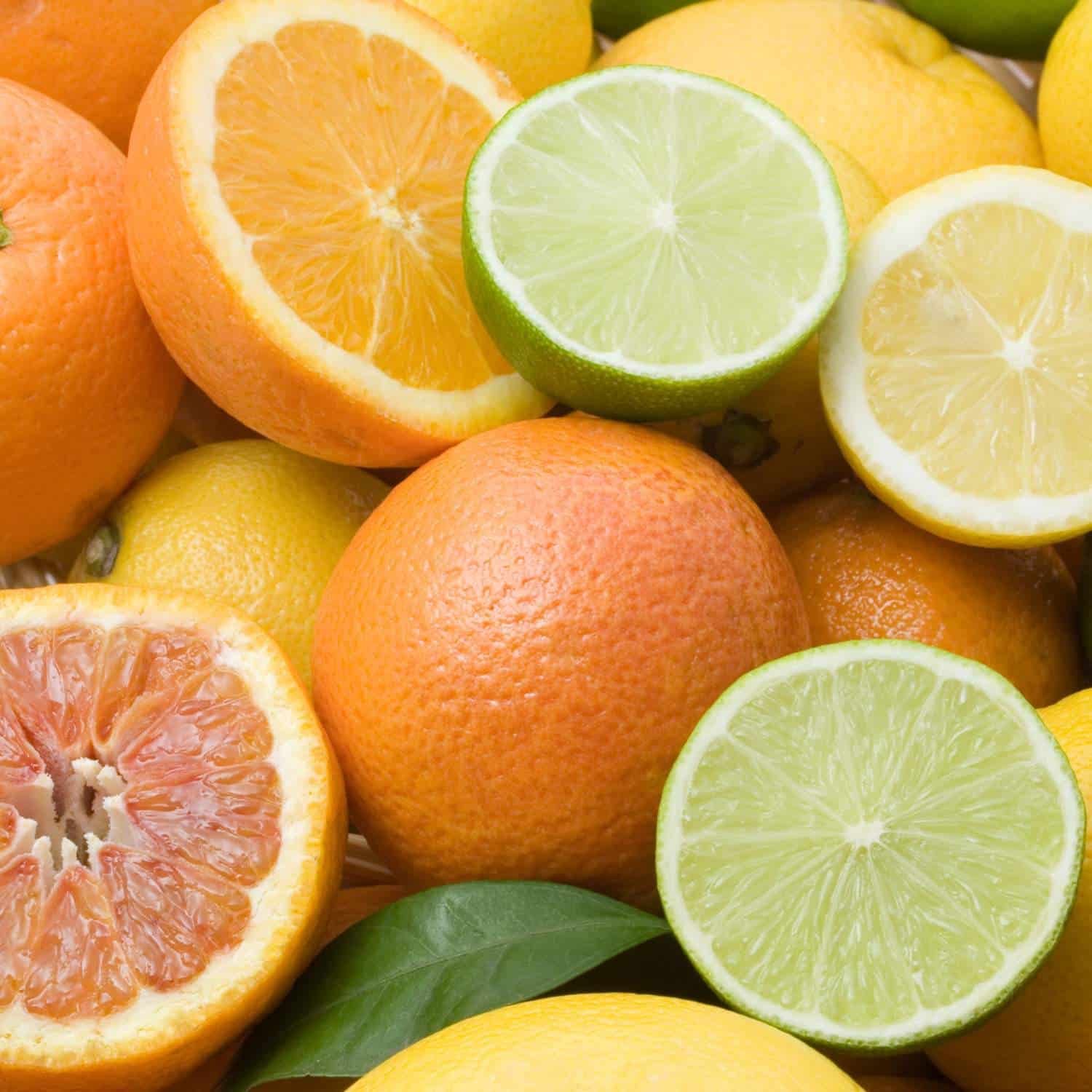
Before diving into the specifics of selection and usage, it’s essential to understand what citrus fruits are.
Citrus fruits belong to the genus Citrus and are known for their juicy segments, vibrant colors and a balance of sweetness and acidity. They are primarily grown in tropical and subtropical regions and are rich in vitamin C and flavonoids—offering a range of health benefits.
The family of citrus fruits includes familiar favorites like oranges, lemons, limes, grapefruits and mandarins, as well as less common varieties like kumquats and pomelos. Each fruit has a distinct flavor profile and culinary use, making them versatile ingredients in a wide range of dishes. Their zesty flavors and aromas come from citric acid and natural oils found in their skins, which are also often used for their fragrant zest.
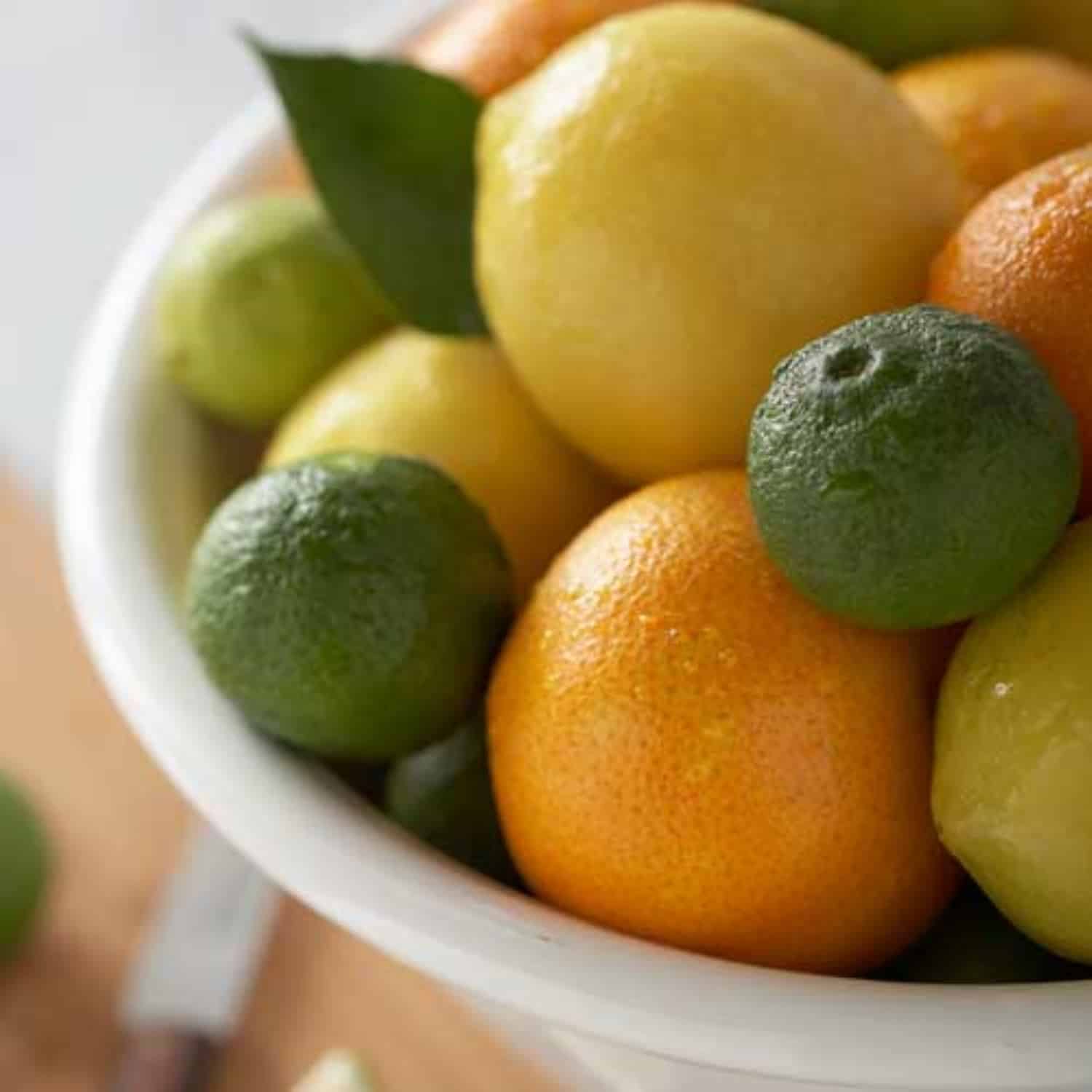
Each type of citrus fruit brings its own unique taste and texture to the table, making them versatile for a wide range of culinary applications. Whether used for their juice, zest or whole segments, these fruits can brighten up any dish with their fresh flavors. Here’s a look at some common and unique citrus fruits, along with their distinct flavor profiles:
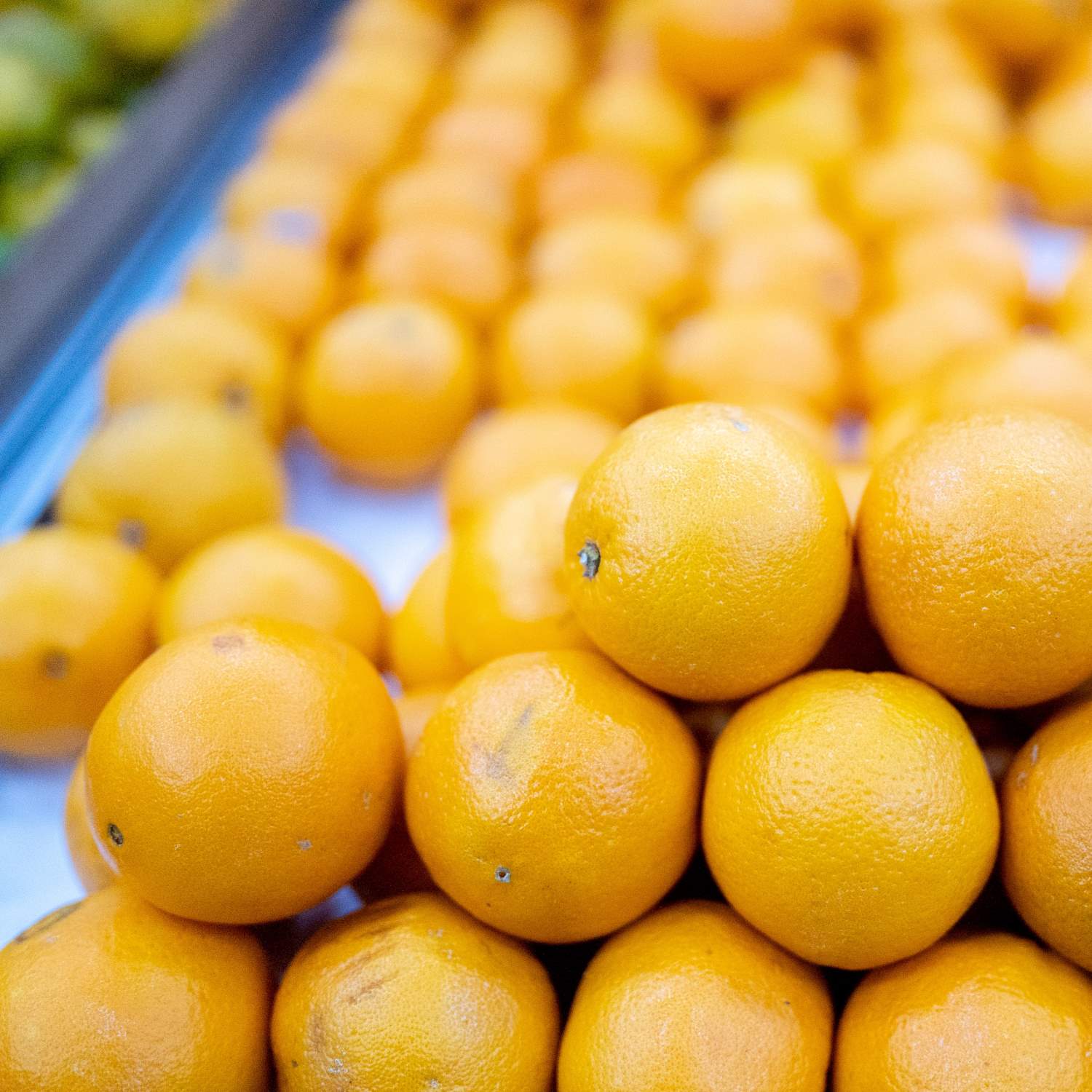
When shopping for citrus fruits, there are several key factors to consider to ensure you’re getting the freshest and most flavorful options. Here are some tips to help you choose a good lemon, lime or other citrus at the store:
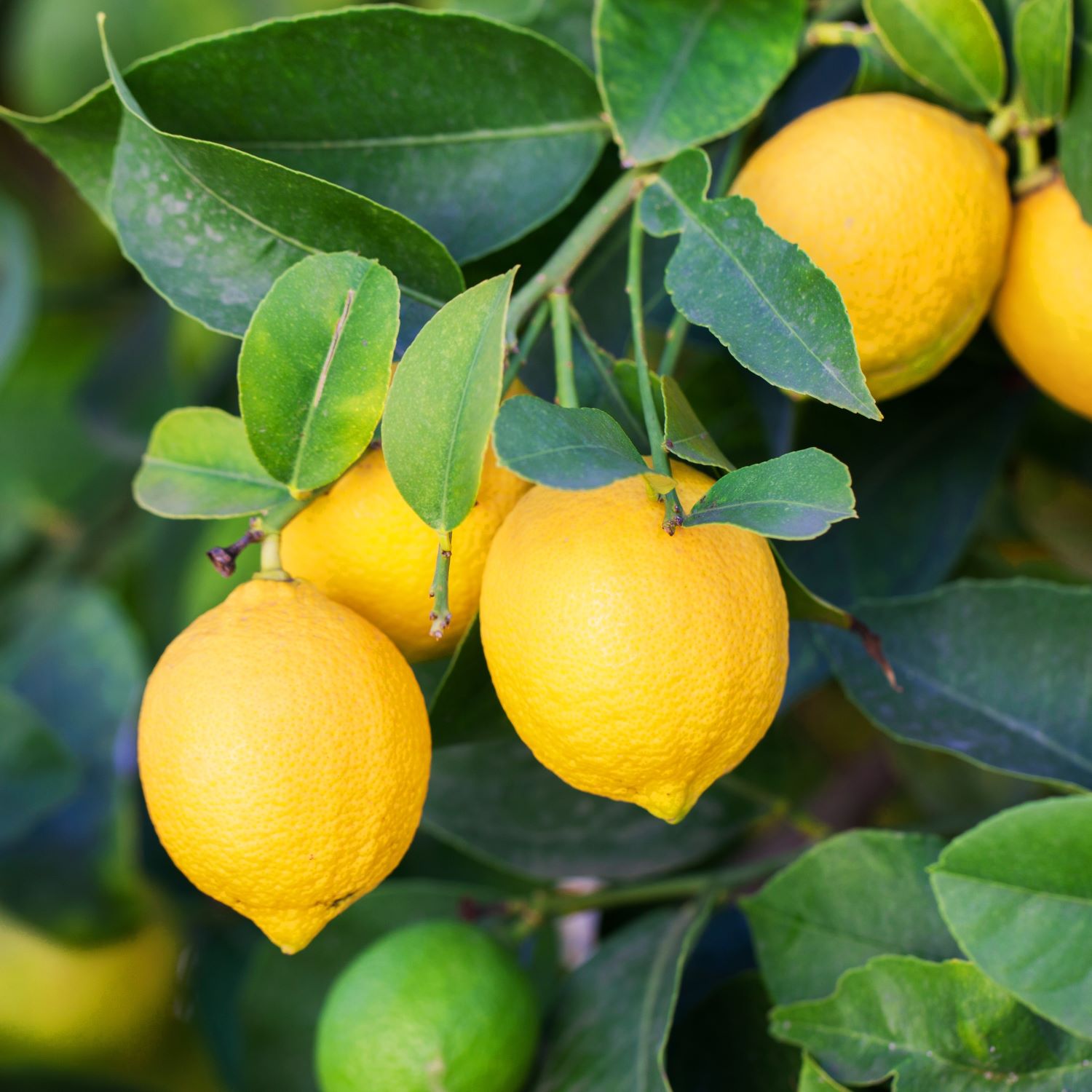
When choosing between organic and conventional citrus fruits, several factors come into play.
Organic citrus are grown without synthetic pesticides or fertilizers, adhering to standards that aim to maintain soil health and ecosystem balance. This often results in a higher price point due to more labor-intensive farming practices and typically lower yields.
Conventional citrus, on the other hand, are grown using standard agricultural practices, which might include the use of chemical pesticides and fertilizers. These practices often result in a lower cost to the consumer and a higher fruit yield.
As for flavor, some people report a taste difference, with organic citrus often described as having a more robust flavor—though this can vary widely and is subjective. Additionally, those concerned about pesticide residue may prefer organic citrus fruits, but thoroughly washing conventional fruits can significantly reduce surface residues. Ultimately, the choice between organic and conventional citrus fruits depends on personal preferences regarding farming practices, environmental impact and budget.
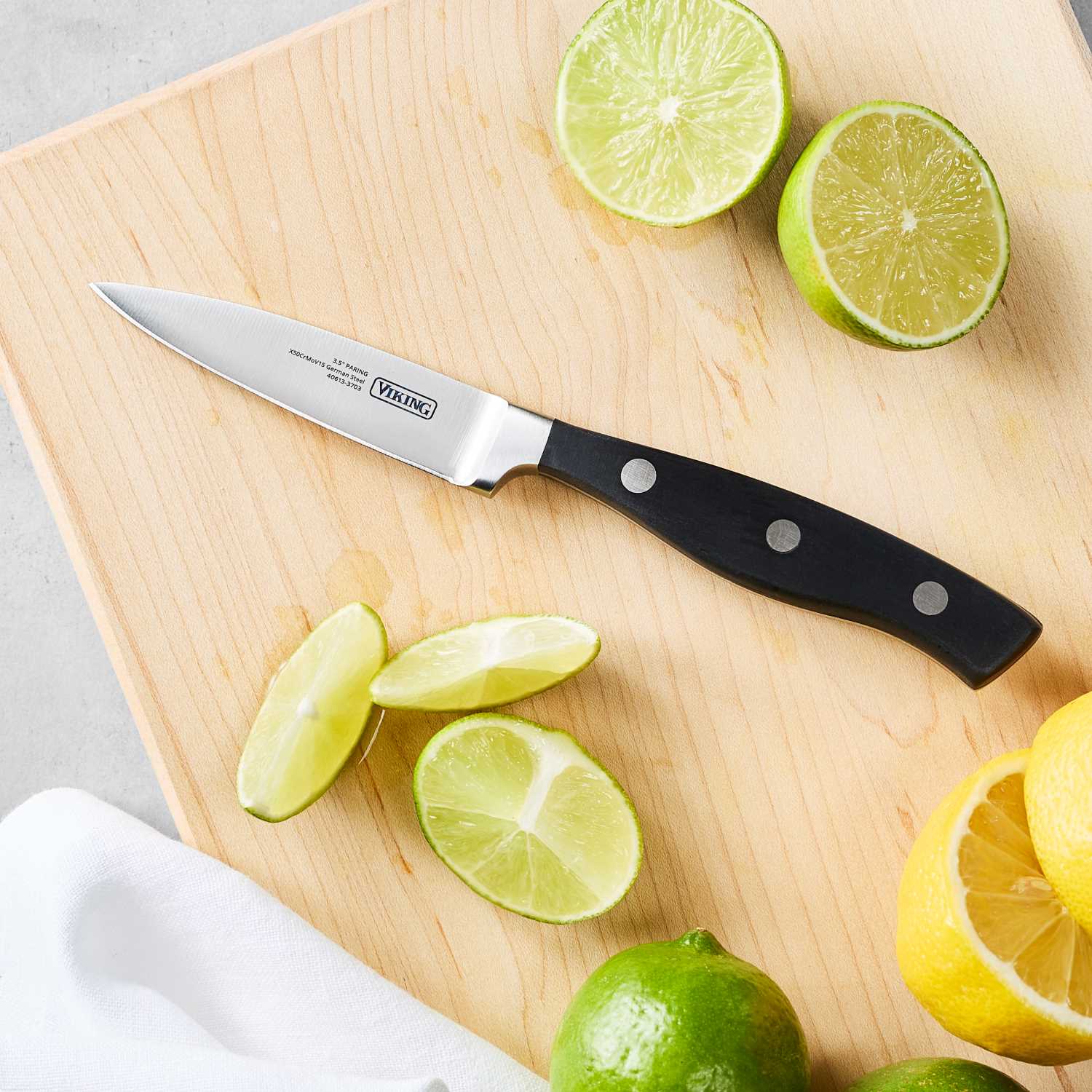
Storing citrus correctly can greatly extend their freshness and flavor.
For those intending to use citrus fruits within a week, room temperature storage is ideal. This approach works especially well for lemons and limes, which maintain their freshness and flavor outside the fridge. Find a cool, dry place in your kitchen to keep them, ensuring they’re not exposed to direct sunlight.
For longer storage exceeding a week, the refrigerator is your best option. Placing citrus fruits in the crisper drawer of your fridge slows down their degradation, helping to preserve both moisture and freshness for several weeks. It’s important to remember not to pack them too tightly or wrap them, as proper airflow is crucial in preventing mold due to moisture buildup.
If you have cut or sliced citrus fruits, they should always be refrigerated. Wrap them in plastic wrap or place them in an airtight container to prevent them from drying out and picking up odors from other foods in the fridge. This way, even partially used citrus fruits can last longer while retaining their taste and freshness.
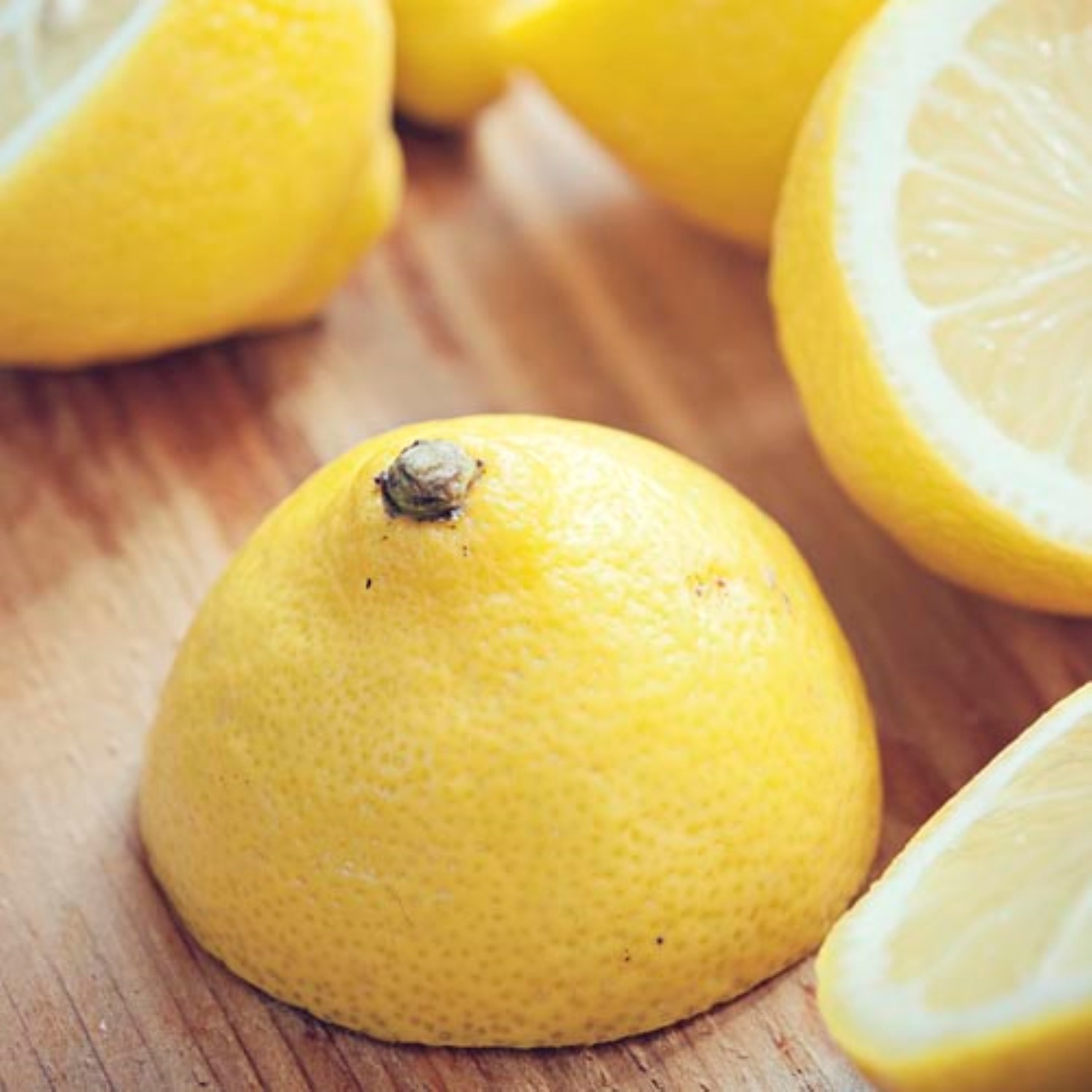
If you find yourself without a specific type of citrus fruit, there are several easy substitutions you can use to achieve a similar flavor profile in your recipes:
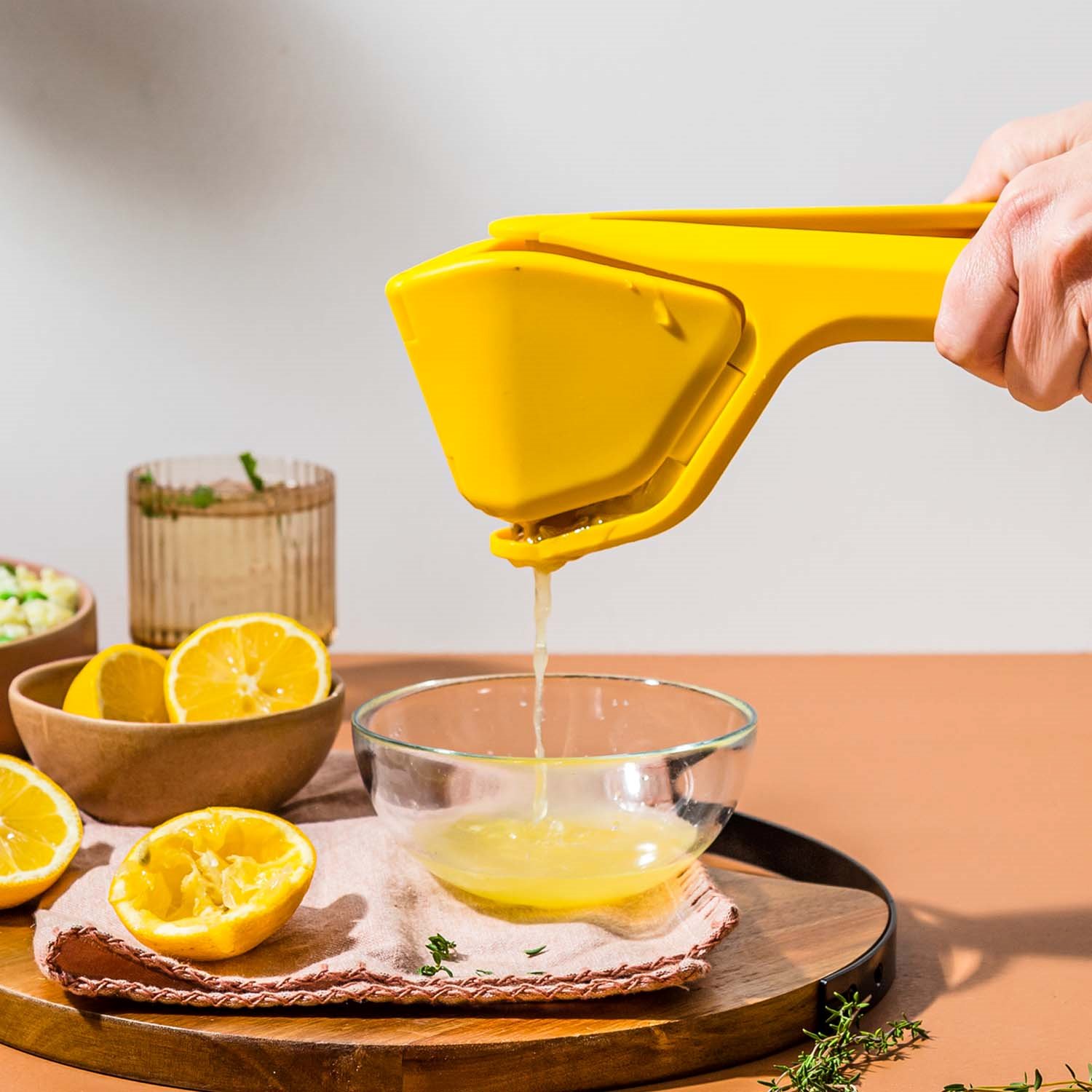
When it comes to cooking and baking with citrus, having the right tools can make all the difference in your culinary creations. Here are some essential tools you’ll need to extract the zest, juice and flavor of citrus fruits effectively:
Hungry for more? Shop our collection of Citrus Tools! From reamers and zesters to juicers and peelers, we’ve got exactly what you need for your next recipe.
Join The Conversation